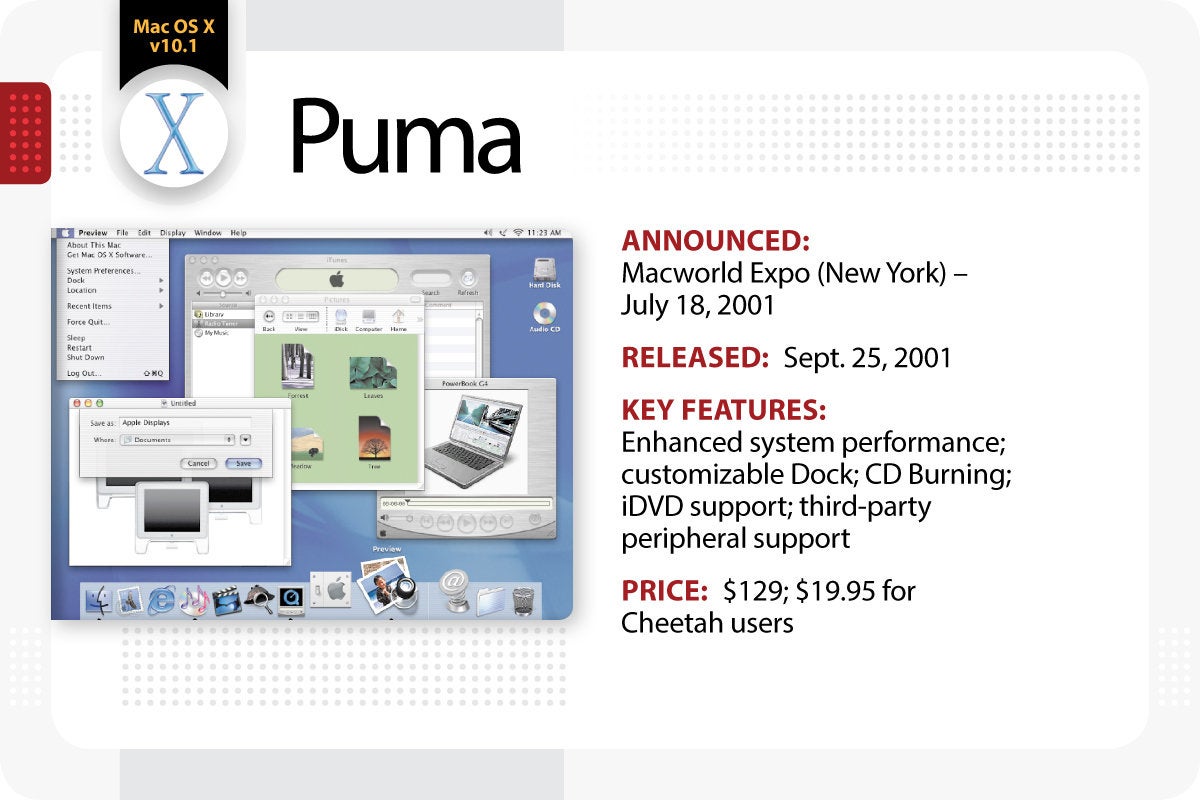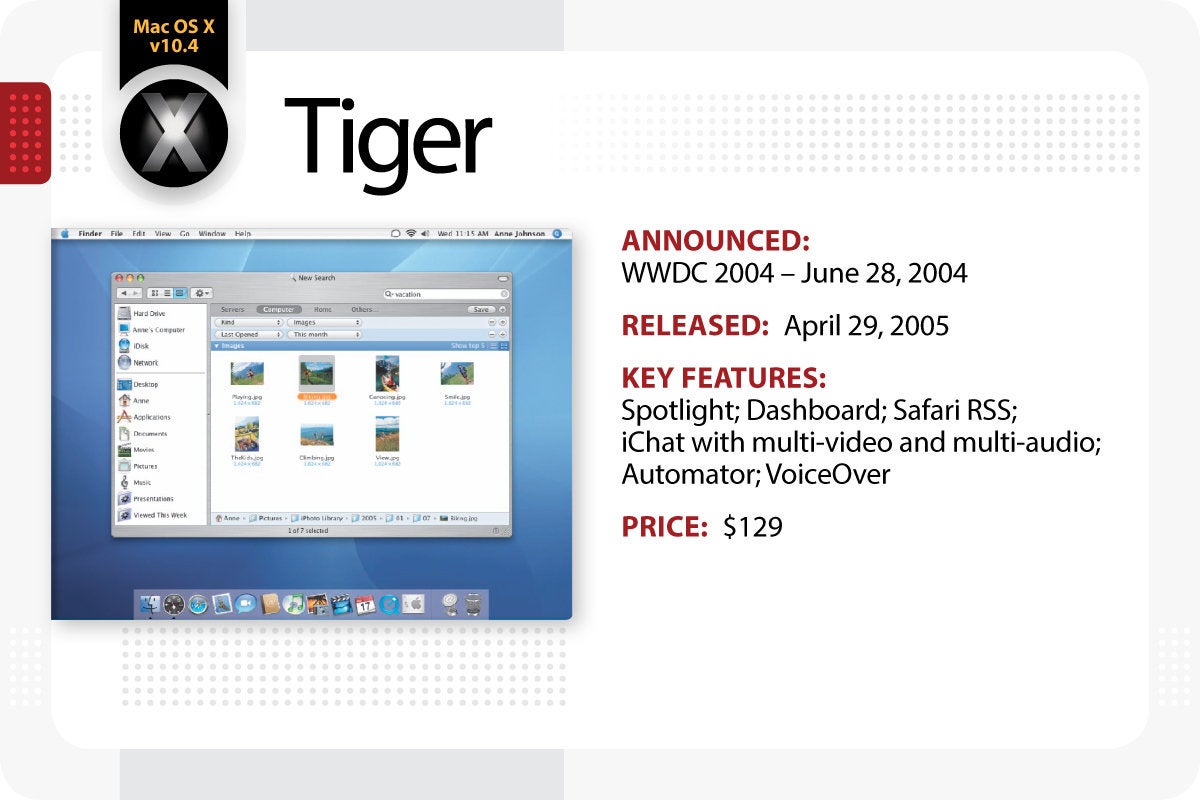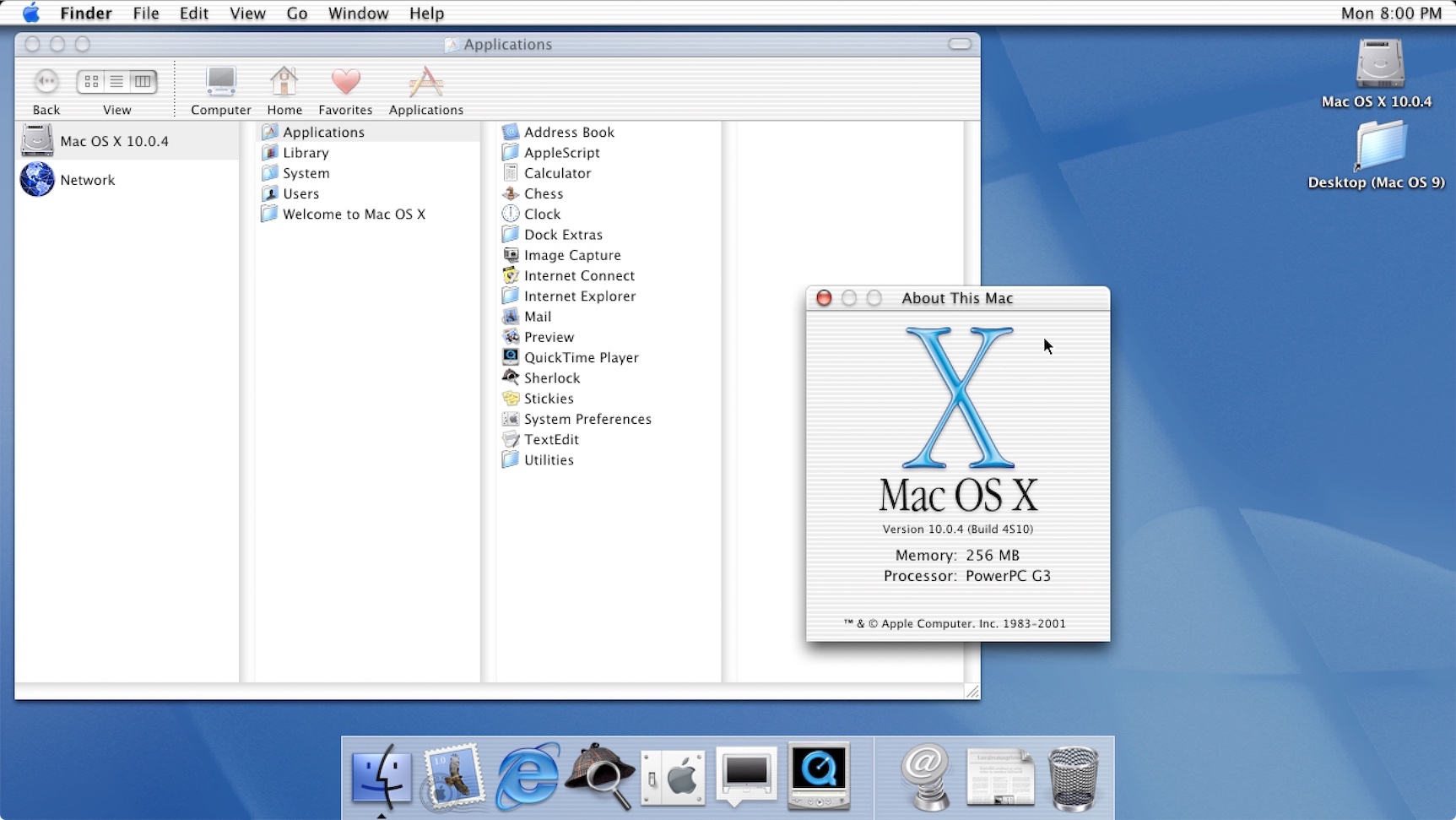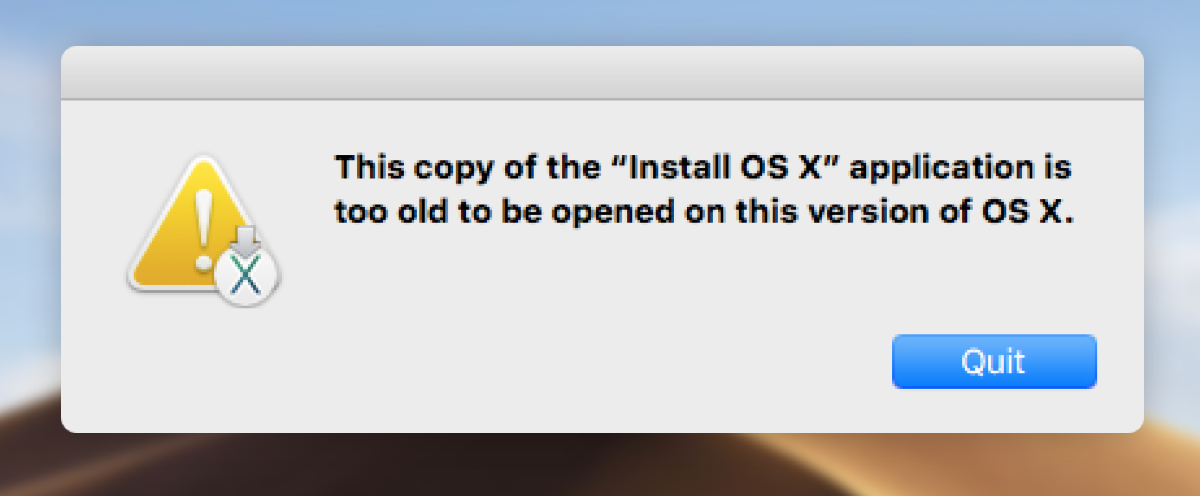Is your Mac up to date with the latest version of the Mac operating system? Is it using the version required by some product that you want to use with your Mac? Which versions are earlier (older) or later (newer, more recent)? To find out, learn which version is installed now.
- Mac Os Evolution
- Evolution Mac Os Catalina
- Mac Operating Systems History
- Mac Os System Evolution
- Mac Os Big Sur
- Mac Os Evolution Screenshots

If your macOS isn't up to date, you may be able to update to a later version.
If your Mac is using an earlier version of any Mac operating system, you should install the latest Apple software updates, which can include important security updates and updates for the apps that are installed by macOS, such as Safari, Books, Messages, Mail, Music, Calendar, and Photos. MacOS Latest version; macOS Big Sur. Since 2001, Apple has been naming every new release of Mac operating system after animals and famous California’s landmarks. Apart from being creative with names, it also brought lots of major functionality changes. Yosemite marked the era of a completely redesigned Mac interface and at the time of Sierra, Siri was born.
Which macOS version is installed?
Mac Os Evolution
From the Apple menu in the corner of your screen, choose About This Mac. You should see the macOS name, such as macOS Big Sur, followed by its version number. If you need to know the build number as well, click the version number to see it.
Which macOS version is the latest?
These are all Mac operating systems, starting with the most recent. When a major new macOS is released, it gets a new name, such as macOS Big Sur. As updates that change the macOS version number become available, this article is updated to show the latest version of that macOS.
If your Mac is using an earlier version of any Mac operating system, you should install the latest Apple software updates, which can include important security updates and updates for the apps that are installed by macOS, such as Safari, Books, Messages, Mail, Music, Calendar, and Photos.
| macOS | Latest version |
|---|---|
| macOS Big Sur | 11.2.3 |
| macOS Catalina | 10.15.7 |
| macOS Mojave | 10.14.6 |
| macOS High Sierra | 10.13.6 |
| macOS Sierra | 10.12.6 |
| OS X El Capitan | 10.11.6 |
| OS X Yosemite | 10.10.5 |
| OS X Mavericks | 10.9.5 |
| OS X Mountain Lion | 10.8.5 |
| OS X Lion | 10.7.5 |
| Mac OS X Snow Leopard | 10.6.8 |
| Mac OS X Leopard | 10.5.8 |
| Mac OS X Tiger | 10.4.11 |
| Mac OS X Panther | 10.3.9 |
| Mac OS X Jaguar | 10.2.8 |
| Mac OS X Puma | 10.1.5 |
| Mac OS X Cheetah | 10.0.4 |

Evolution Mac Os Catalina
It’s hard to believe that Mac OS X macOS is two decades old, but it’s true. On March 24, 2001, Apple released the first non-beta version of Mac OS X 10.0:
The release followed years of development that took NeXT’s technology and molded it into an operating system for the Mac. That process took longer than Apple had predicted, and included a false start known as Rhapsody. That’s really a story for a different time, but in short, that operating system strategy left classic Mac OS developers without a way forward for their applications that didn’t require rewriting them, and the community soundly rejected the entire thing.
After a regroup, OS X began to take shape, with a new technology named Carbon that would allow apps written for the Mac to run natively on the new operating system with some tweaks. I truly believe Carbon is the real hero of the OS X transition, as without it, I don’t think it would have been successful.1
However, Aqua grabbed all the attention. First introduced in Developer Preview 3, this new user interface was shockingly different from Platinum in Mac OS. Malware antivirus. Full of pinstripes and bright blue elements, Aqua was designed to be as friendly and fun as the colorful iMac G3s with which many users would first experience it.
Mac Operating Systems History
All of that eye candy came at a cost, though. Performance in the early versions of Mac OS X was notoriously bad as the hardware caught up. By the time most users were ready to switch from Mac OS 8 or 9, OS X was in pretty decent shape.
/article-new/2018/08/os-x-leopard-800x640.jpg?lossy)
Event id 1112 software installation. If you want to learn more about Mac OS X, I’ve rounded up some links for you:
- Aqua and Bondi: My book on the creation of Mac OS X and the evolution of the iMac G3.
- On this week’s MPU, David and I talked about the entire two decade history of our beloved macOS.
- Mac OS X 10.0’s entry in my macOS Screenshot Library
- A Wayback Machine grab of the original OS X website.
- John Siracusa’s review of Mac OS X 10.0.
- Andrew Gore’s take on OS X for Macworld in June of 2001. (Start on page 9.)
- John Gruber’s look at Avie Tevanian’s role in the creation of OS X.
- An article from Benj Edwards on OS X’s origins, published back in 2010. It pairs nicely with this Macworld article from 2000 by Jason Snell, Stephan Somogyi and Jeff Pittelkau.
- My buddies over at Simple Beep have a great episode marking the occasion, as does John with The Talk Show.
Mac Os System Evolution

Mac Os Big Sur

Mac Os Evolution Screenshots
- Both Rhapsody and Mac OS X included an environment for running Mac OS apps directly, but these “Classic” programs wouldn’t get any of the benefits promised by the new operating system, including preemptive multitasking, protected memory or an update user interface. ↩




